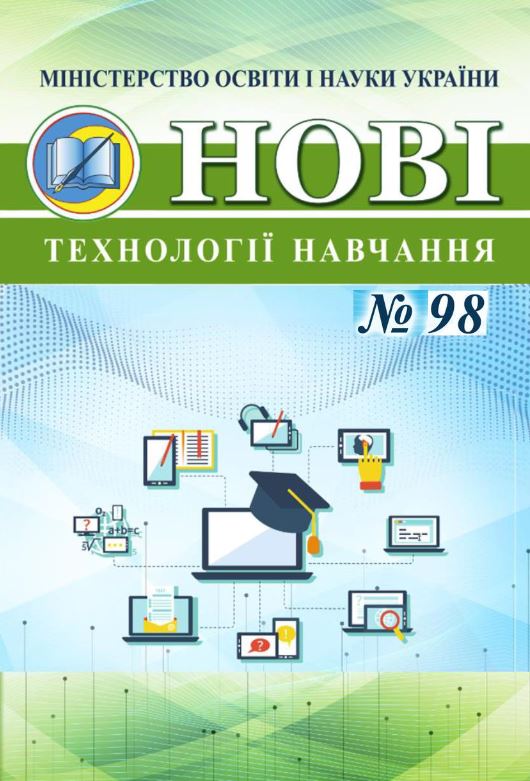Development of creativity of educators by means of generative artificial intelligence
DOI:
https://doi.org/10.52256/2710-3560.98.2024.98.05Keywords:
digitalization of education, artificial neural network, e-learning, adaptive learning technologies, information technologyAbstract
The consequences of the COVID-19 pandemic, Russia's full-scale war against Ukraine, and Ukraine's accession to the European Union have highlighted the issue of digital and innovative development of the education system. The transition from the traditional model to distance learning has led to a rethinking of the effectiveness of teaching practice, updating of educational programs and material and technical resources. Artificial intelligence has become a topical area that has begun to develop and be used in Ukrainian education. Today, the educational process is based on the use of digital devices and information technologies. The purpose of the study was to analyze the use of artificial intelligence to support the development of creativity and innovation in the educational process. Philosophical and general scientific methods were used to analyze and develop new research results. In the course of studying the topic, the latest research by foreign scholars was analyzed and the unexamined aspects of the topic in the international discourse were identified. In particular, the article discusses the peculiarities of using artificial intelligence in primary and secondary schools. The scientific views on the definition of «artificial intelligence» are analyzed and the author's definition is presented. The systems and types of artificial intelligence in general are considered and its categories used in the educational process are presented. Examples of the use of artificial intelligence in primary, secondary and higher education are given. The prospects for the development of artificial intelligence in the education system are determined. The practical significance of the study is that the analysis of the types of artificial intelligence in education and examples of its use can be used by teachers during the educational process in order to increase student interest and improve the effectiveness of learning outcomes.
Downloads
Published
How to Cite
Issue
Section
License
Copyright (c) 2024 Андрій Гуржій, Наталія Бахмат, Любов Карташова, Валентин Зайчук

This work is licensed under a Creative Commons Attribution-NonCommercial-ShareAlike 4.0 International License.
Із зазначенням авторства - Некомерційна - Розповсюдження на тих самих умовах 4.0 (CC Attribution-NonCommercial-ShareAlike 4.0)









